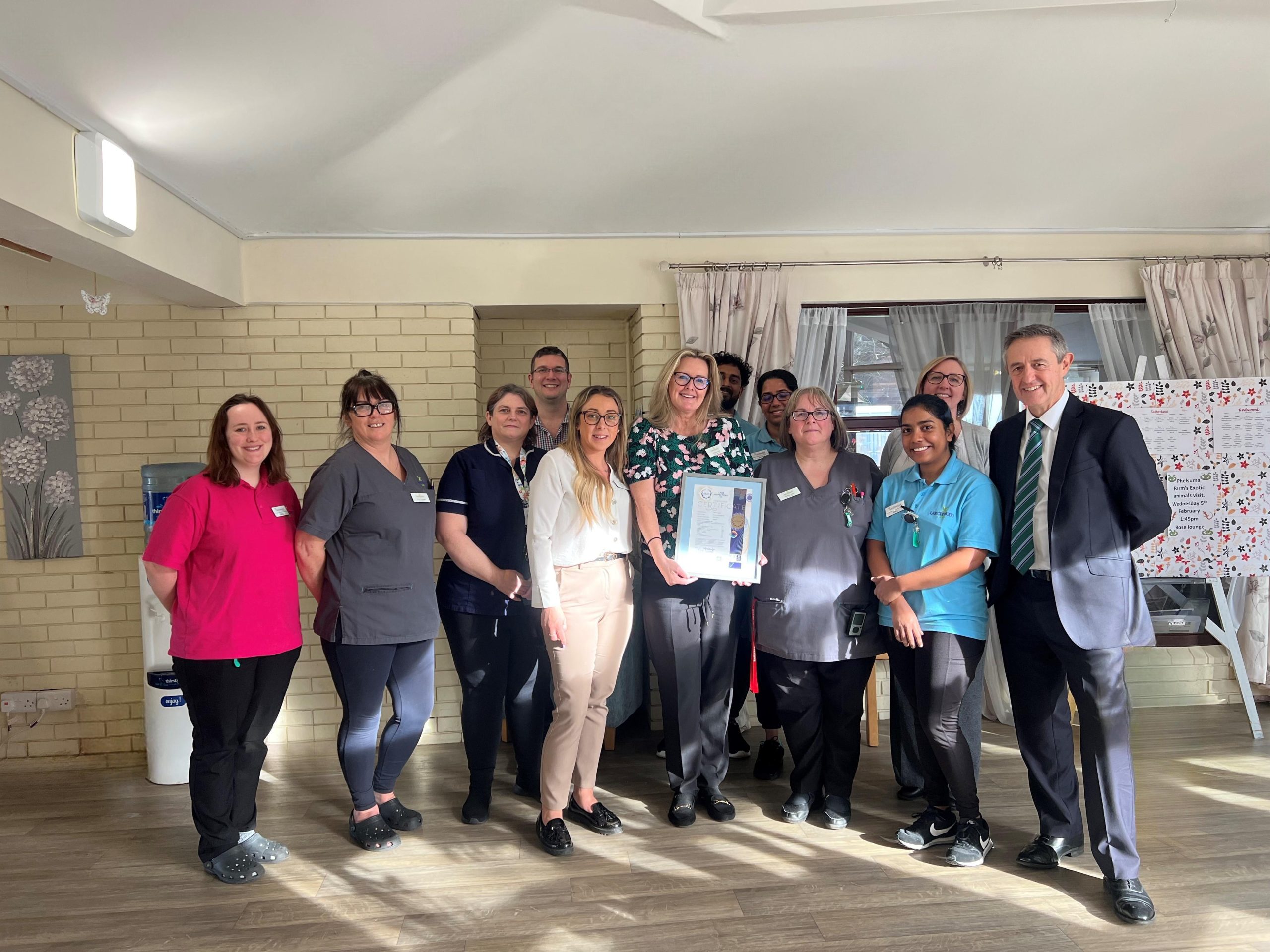 Healthcare Management Solutions Chief Executive Tony Stein discusses how the latest CHPI report addresses care sector funding
Healthcare Management Solutions Chief Executive Tony Stein discusses how the latest CHPI report addresses care sector funding
The Centre for Health & the Public Interest November report on “Plugging leaks in the UK care home industry” re-visits the old issue of how the care sector is funded and whether that results in a higher cost to UK plc for caring for our elderly. Whilst some of the points made have merit, I’m always highly suspicious of the political motives driving these reports and the rather skewed view the writers have of an industry, which many of them only know from a theoretical/research-based perspective.
The headline – Key Facts (point no. 1) – is that, “Out of a total annual income of £15bn, an estimated £1.5bn leaks out…in the form of rent, dividend payments, director’s remuneration, and net interest..” (the emphasis is mine).
This worries me greatly.
Having operated care homes for the past 20 years, and particularly those catering for publicly funded residents, I think that I can speak with some authority on the matter.
Firstly, this is a highly regulated sector and so it should be. The pressure to deliver safe, high quality, compliant care to the country’s most vulnerable is a serious and extremely responsible business. On this basis, surely we should pay the directors well. Don’t we want to attract the very best people that we can into the sector? On this basis I’m not sure why director’s salaries should be considered ‘leakage’. Does the report advocate that directors in the social care sector should be unpaid volunteers?
Secondly, I’ve seen some of the social care housing stock and frankly, it is well past its prime. If the sector needs anything it’s more investment into new stock, not aimed purely at those private funders that can afford to end their days in relative luxury, but also for those who have worked their entire lives, contributed to society, paid their taxes and deserve to be cared for. Whilst 10% might be considered a high return, (and it’s less if you agree with my earlier point and are willing to deduct director’s salaries), the returns need to be comparable with other opportunities that capital has in other sectors. It needs to be more attractive and recognise the additional risks.
The nonsensical conclusion point 1 of the Key facts reaches, is that this £1.5m should be ‘left in’ the sector – that it is equivalent to the £1.5bn that the government promised in the September 2019 spending review. So, what the report advocates is that there should be no return to investors at all, no payments to directors, that there must somehow be a way of building the new care facilities that we need for free. Well, I can’t argue that would be lovely but, seriously…..?
Even if the Local Authorities took back the ownership of care homes, and this is the usual conclusion reached, the LA’s would need to pay for the money that they invest into new facilities. In my experience over the years, LA’s are often the least capable of operating high quality, efficient care services and driving value for the tax-payer. If you look at contemporary examples of LA’s taking this approach you’ll note that they pay fees to their own services far in excess of those that pay to the private sector. Whilst this may well allow them to pay higher wages to the staff it can hardly be hailed as a great success. In Scotland the LA’s pay more to private providers but link it to the providers paying a higher minimum wage to care workers – same result, but it’s simply that the operation of care homes is left to care home operators rather than it becoming a local council activity.
I’m certain that many more politically left-wing reports will come to similar conclusions. All I ask is that in reading these we question the methodology and motivation behind them before jumping to any conclusions.
Tony Stein, Chief Executive
Healthcare Management Solutions
]



